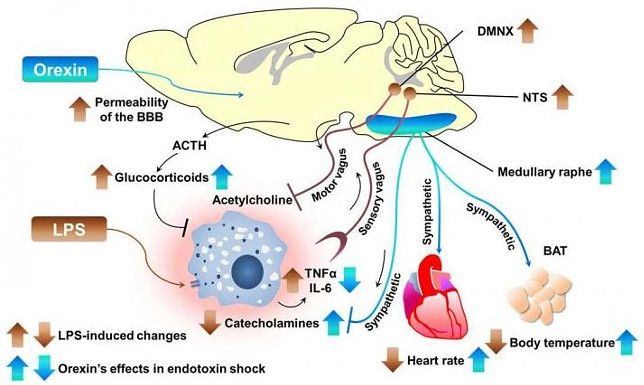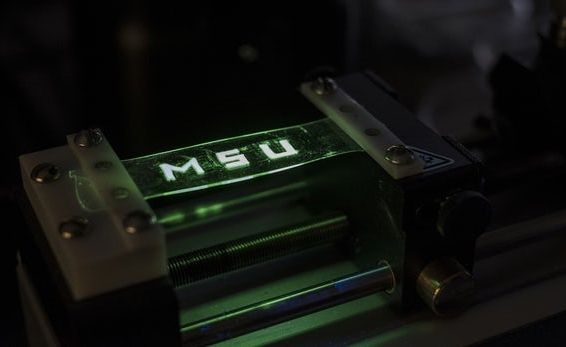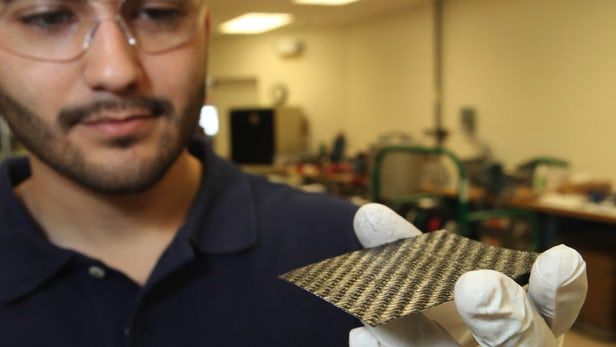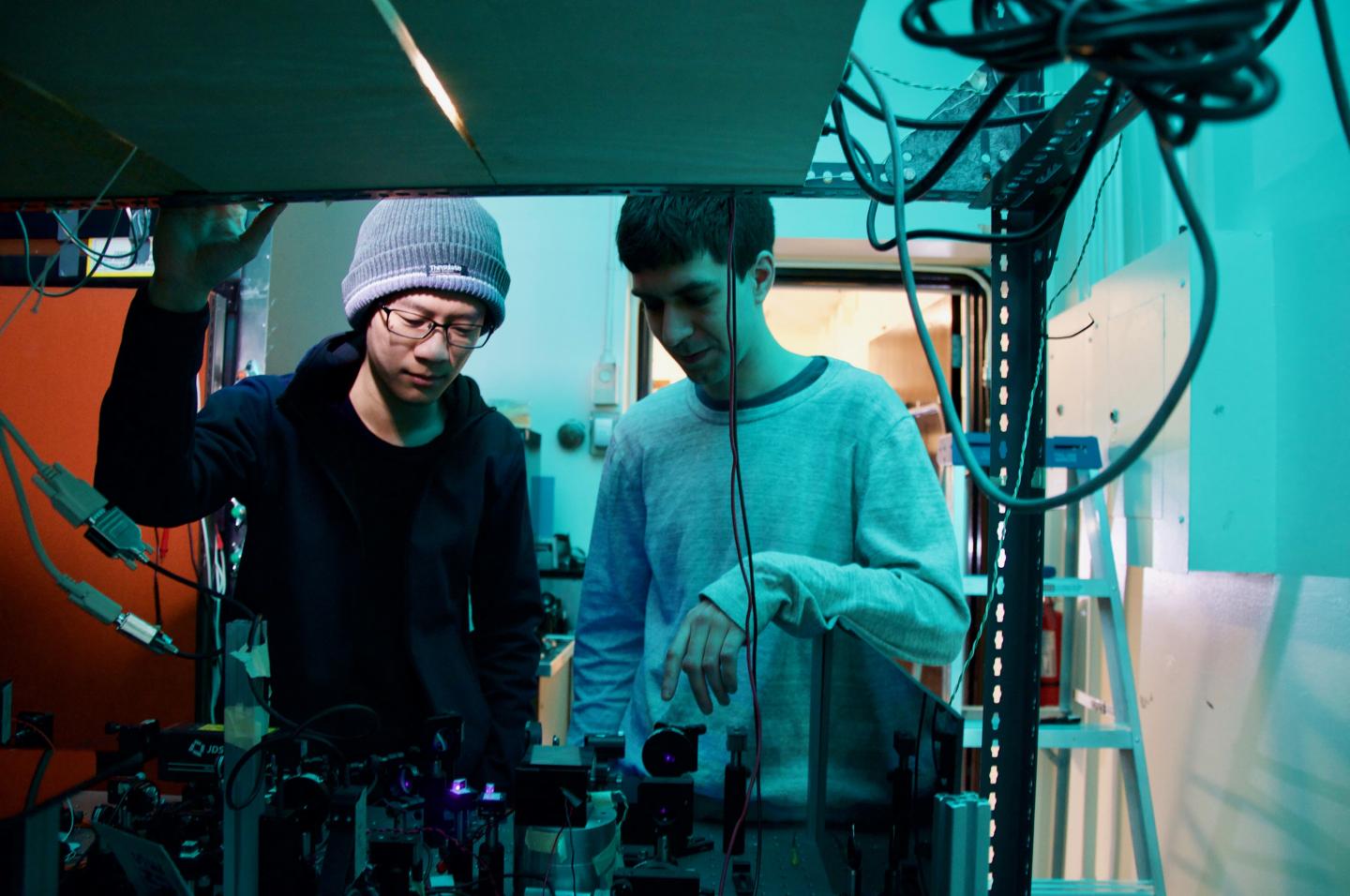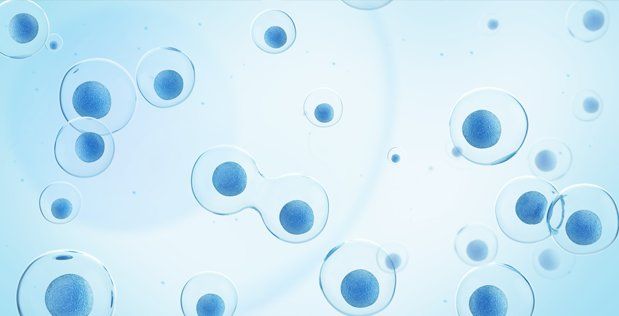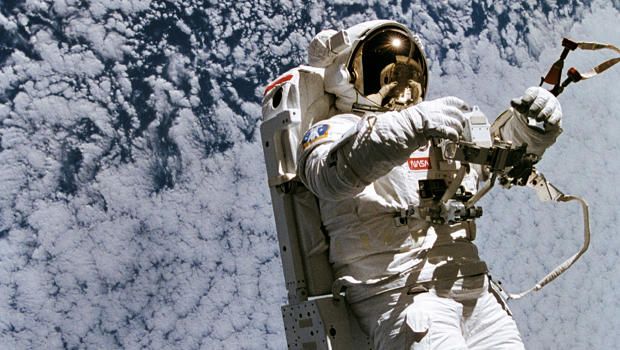Page 10036
Feb 16, 2017
Inkjet-printable stretchy circuits could lead to huge e-wallpaper screens
Posted by Klaus Baldauf in categories: electronics, health
When and if that hurdle is overcome, the researchers say that the easily-fabricated stretchy technology could begin to find commercial applications, in devices like rubbery wrist-worn health trackers, deformable tablets and electronic wallpaper that can make huge screens out of entire walls.
“We have created a new technology that is not yet available,” says Wang. “And we have taken it one big step beyond the flexible screens that are about to become commercially available.”
The research was published in the journal ACS Nano.
Continue reading “Inkjet-printable stretchy circuits could lead to huge e-wallpaper screens” »
Feb 16, 2017
Thin, built-in batteries to free up valuable space on CubeSats
Posted by Klaus Baldauf in categories: habitats, satellites
Real estate is a valuable commodity aboard a CubeSat, a compact satellite about the size of a shoebox, so the smaller each component can be made, the better. To that end, scientists at NASA’s Kennedy Space Center and the University of Miami are developing a thin, solid-state battery, which could not only save space for more important instruments aboard satellites, but also provide power on other planets, in cars or within the walls of a home.
At less than 3 mm (0.1 in) thick, the new batteries could be incorporated into the structure of pint-sized satellites, rather than taking up room in the area designated for research instruments. The batteries are made by sandwiching a solid-state battery layer between two layers of compressed carbon fiber.
“Creating a structural battery material could revolutionize the way NASA operates small payloads,” says senior principal investigator, Luke Roberson. “Rather than placing a battery in the experiment taking up 20 to 35 percent of the available volume, the battery now resides in the payload structure, thereby opening up additional free space for researchers to perform more science.”
Continue reading “Thin, built-in batteries to free up valuable space on CubeSats” »
Feb 16, 2017
Welcome to the era of transhumanism
Posted by Klaus Baldauf in categories: Elon Musk, transhumanism

With Elon Musk advocating the need for humans to merge with machines and a transhumanist politician running for Governor in California, an intellectual movement that sat on the fringes throughout the 20th century is poised to hit the mainstream.
Feb 16, 2017
High-res biomolecule imaging
Posted by Karen Hurst in categories: biological, engineering, nanotechnology
Nice.
CAMBRIDGE, Mass. — Determining the exact configuration of proteins and other complex biological molecules is an important step toward understanding their functions, including how they bind with receptors in the body. But such imaging is difficult to do. It usually requires the molecules to be crystallized first so that X-ray diffraction techniques can be applied — and not all such molecules can be crystallized.
Now, a new method developed by researchers at MIT could lead to a way of producing high-resolution images of individual biomolecules without requiring crystallization, and it could even allow zoomed-in imaging of specific sites within the molecules. The technique could also be applied to imaging other kinds of materials, including two-dimensional materials and nanoparticles.
The findings are reported this week in the Proceedings of the National Academy of Sciences, in a paper by Paola Cappellaro, the Esther and Harold E. Edgerton Associate Professor of Nuclear Science and Engineering at MIT, and others at MIT and at the Singapore University of Technology and Design.
Feb 16, 2017
University of Toronto physicists harness neglected properties of light
Posted by Karen Hurst in category: physics
Harnessing the extra light — new method.
TORONTO, ON (Canada) – University of Toronto (U of T) researchers have demonstrated a way to increase the resolution of microscopes and telescopes beyond long-accepted limitations by tapping into previously neglected properties of light. The method allows observers to distinguish very small or distant objects that are so close together they normally meld into a single blur.
Telescopes and microscopes are great for observing lone subjects. Scientists can precisely detect and measure a single distant star. The longer they observe, the more refined their data becomes.
Continue reading “University of Toronto physicists harness neglected properties of light” »
Feb 16, 2017
Five ways nanoscience is making science fiction into fact
Posted by Karen Hurst in categories: biotech/medical, nanotechnology
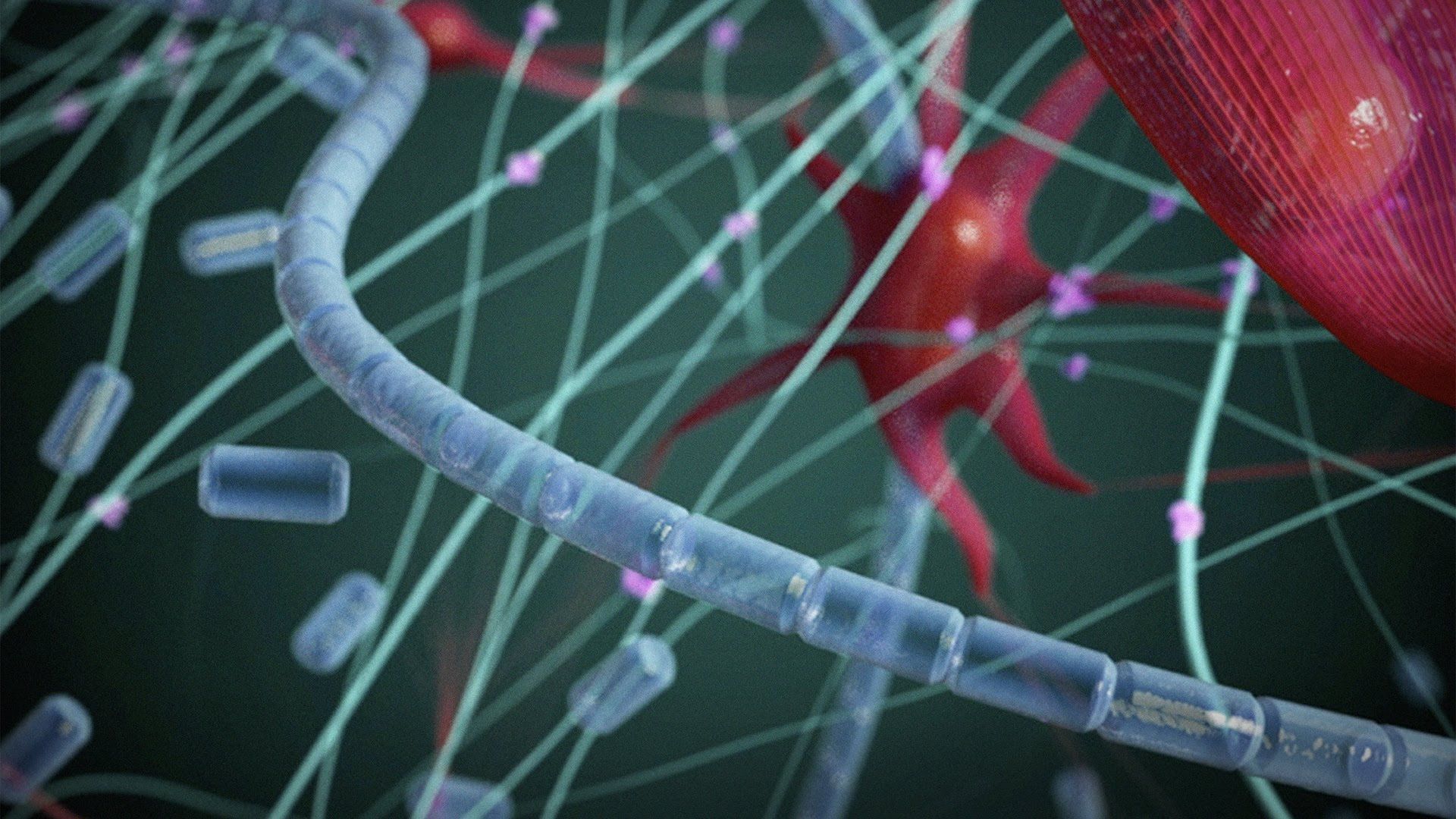
Russian author Boris Zhitkov wrote the 1931 short story Microhands, in which the narrator creates miniature hands to carry out intricate surgeries. And while that was nearly 100 years ago, the tale illustrates the real fundamentals of the nanoscience researchers are working on today.
Nanoscience is the study of molecules that are one billionth of a metre in size. To put this into perspective, a human hair is between 50,000 and 100,000 nanometres thick. At this tiny size, materials possess properties that lie somewhere between a lump of metal and that of a single atom. This unique environment means they can become very reactive and be used as catalysts.
Continue reading “Five ways nanoscience is making science fiction into fact” »
Feb 16, 2017
RadioBio research effort aims to find the role of electromagnetic signaling in biological systems
Posted by Karen Hurst in categories: biological, quantum physics
More on DARPA’s Quantum Biosystem program “RadioBio”
During Phase 1, performers will be asked to theoretically model and simulate hypothesized electromagnetic signaling pathways and then experimentally test those theoretical predictions.
In Phase 2, the goal would be to independently develop test beds to replicate, confirm, and demonstrate the pathways modeled in Phase 1 and reveal design principles potentially relevant to biological or other applications aka can we enable human to human communication without a device.
ARLINGTON, Va. Defense Advanced Research Projects Agency (DARPA) officials launched a new program that seeks to establish if purposeful electromagnetic wave signaling between biological cells exists — and if evidence supports that it does — to determine what information is being transferred.
Feb 16, 2017
Quantum Computing And Cybersecurity
Posted by Karen Hurst in categories: cybercrime/malcode, quantum physics
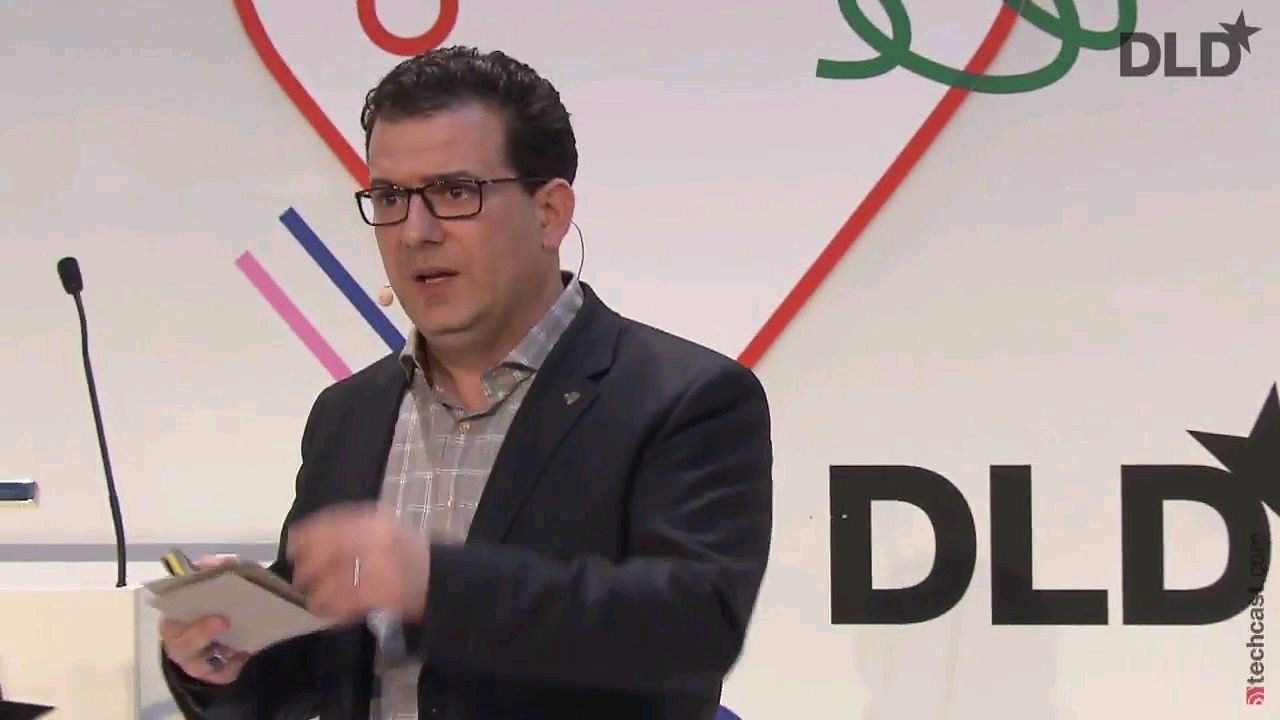
So true; as many of us have stated that the infrastructure for QC is a must 1st. A good video to review; as many of the themes are often repeated in many commentaries as well as this video provides some additional insights on QC.
Orbital Insight founder and NASA veteran James Crawford on why it’s time to shelve “moonshots.”
